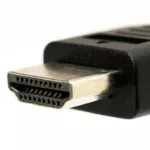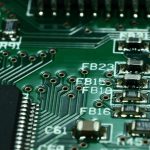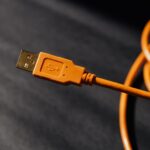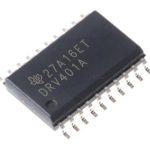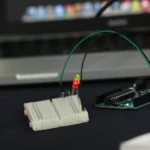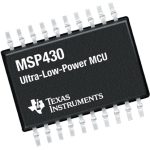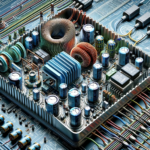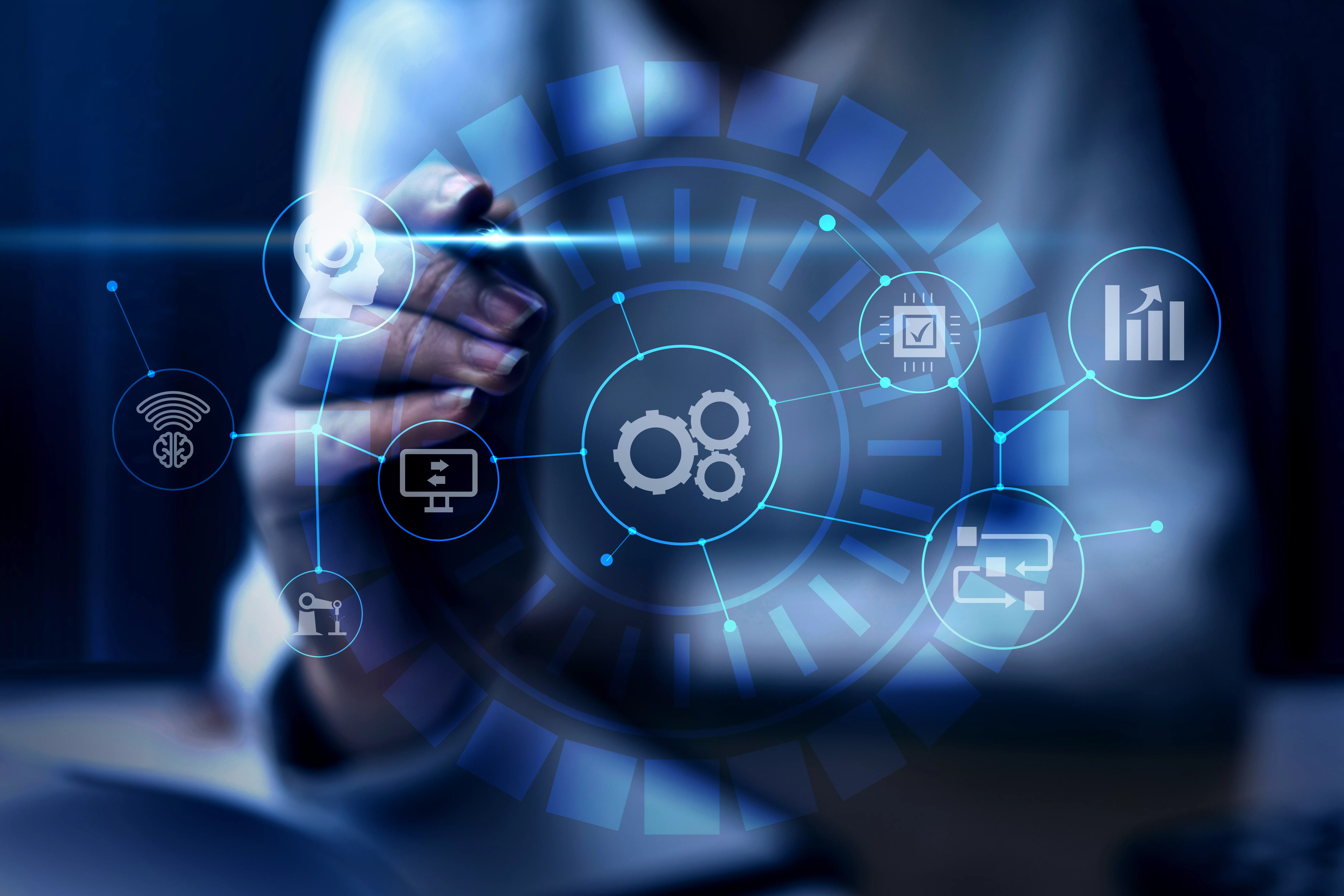
Introduction:
The Internet of Things has emerged as a powerful technology trend, connecting various devices. In IT asset management and monitoring, IoT holds tremendous potential to revolutionise how organisations track, manage, and maintain their assets. This article explores the future of IoT in IT asset management and monitoring, highlighting key advancements and significance.
IT Asset Management and Monitoring: A Brief Overview with Significance
IT Asset Management–ITAM manages and monitors an organisation’s IT assets across their lifecycle. In addition, they refer to any technology-related resources, including hardware devices, software licenses, network equipment, and digital assets. ITAM involves tracking, monitoring, and optimising these assets to ensure efficient use, minimise costs, and maintain compliance with licensing agreements and regulatory requirements. However, the primary goal of ITAM is to have complete visibility and control over IT assets from procurement to disposal.
On the other hand, IT asset monitoring is the continuous monitoring of IT assets to ensure their availability, performance, and security. Furthermore, this involves using various monitoring tools and techniques to collect data and metrics on asset utilisation, performance, and health.
The benefits of IT asset management and monitoring include improved operational efficiency, cost savings through optimised asset utilisation, enhanced security and compliance, streamlined procurement processes, and effective planning for upgrades and replacements.
The Crucial Roles of IoT in Managing and Monitoring IT Assets
The Internet of Things is significant in IT asset management and monitoring, providing real-time visibility, control, and automation capabilities. Let’s explore the key aspects of how IoT contributes to these areas:
- Remote Monitoring and Control: IoT enables remote monitoring and control of IT assets. This helps organisations manage assets in different geographical locations from a centralised platform. Additionally, this capability enhances operational agility, facilitates troubleshooting, and enables rapid response to critical events.
- Enhanced Asset Tracking: IoT-enabled asset tracking systems will leverage sensors and wireless connectivity to provide real-time visibility into the location and status of IT assets. This will eliminate the need for manual tracking, reduce asset loss or theft, and improve overall operational efficiency.
- Predictive Maintenance: IoT devices can collect asset performance and health data, enabling predictive maintenance. By analysing real-time data, organisations can detect potential issues in assets and schedule maintenance before failures. This proactive approach minimises downtime, improves productivity, and reduces maintenance costs.
- Data-driven Decision Making: IoT-generated data provides valuable insights for informed decision-making. Moreover, by analysing data collected from various IT assets, organisations can better understand their operations, identify trends, and make data-driven decisions.
- Energy Optimisation: IoT devices integrated with energy management systems can optimise the energy consumption of IT assets. Sensors can monitor power usage, identify inefficiencies, and recommend energy-saving measures. This not only reduces operational costs but also contributes to sustainability efforts.
- Improved Security and Risk Management: IoT enhances security in IT asset management by providing real-time threat detection and monitoring. In addition, connected devices can identify anomalies, potential breaches, or unauthorised access attempts, enabling organisations to take immediate action and mitigate risks more effectively.
- Integration with Artificial Intelligence – AI: Combining IoT with AI technologies like machine learning enables advanced analytics and automation. AI algorithms can process vast amounts of IoT-generated data, detect patterns, and make predictions or recommendations for optimised asset management strategies.
- Edge Computing for Real-time Processing: Edge computing, which brings computing resources closer to IoT devices, enables real-time data processing and analysis. Furthermore, this reduces latency, improves responsiveness, and enables organisations to take immediate action based on critical asset information.
- Blockchain for Asset Verification and Authentication: Blockchain technology can enhance the integrity and security of asset management processes. However, by leveraging blockchain, organisations can ensure transparent and tamper-proof records of asset ownership, transfers, and maintenance history, reducing fraud and improving trust in asset transactions.
- Scalability and Interoperability: As IoT continues to evolve, ensuring scalability and interoperability across different devices, protocols, and platforms will be crucial. Moreover, standardisation efforts and the development of open architectures will drive seamless integration and compatibility, enabling organisations to leverage the full potential of IoT for asset management.
Exploring IoT Asset Management’s Role in Industries
IoT asset management plays a crucial role by implementing in various industries, including:
- Healthcare: In healthcare facilities, IoT asset management ensures the availability and proper utilisation of medical equipment, such as ventilators, monitors, and infusion pumps. Tracking devices attached to assets help locate and optimise their usage, reducing equipment downtime and improving patient care.
- Manufacturing: IoT asset management helps manufacturers track and optimise their production equipment, machinery, and inventory.
- Energy and Utilities: IoT asset management monitors and controls critical infrastructure assets like power plants, transformers, and pipelines.
- Logistics and Supply Chain: IoT asset management tracks and manages shipments, vehicles, and inventory in real-time. Sensors and GPS devices provide location tracking, temperature monitoring, and condition monitoring of goods during transportation.
- Retail: IoT asset management enables efficient inventory management and loss prevention in the retail industry. RFID tags and sensors on products and shelves provide real-time inventory visibility, reducing stockouts and overstock situations.
- Transportation: IoT asset management is extensively used in fleet management for vehicles, including trucks, buses, and taxis. Connected devices and telematics systems monitor vehicle location, speed, fuel consumption, and maintenance needs.
- Agriculture: IoT asset management is used in precision farming to monitor and manage agricultural assets. Such as irrigation systems, equipment, and livestock.
- Construction: In the construction industry, IoT asset management helps track and manage tools, equipment, and vehicles on construction sites.
Concluding Remarks
IoT integration in IT asset management and monitoring streamlines operations, improve efficiency, enhances security, and enables data-driven decision-making. It empowers organizations to maximize the value of their IT assets and achieve operational excellence while reducing costs and minimizing risks in the increasingly connected and data-driven world.






